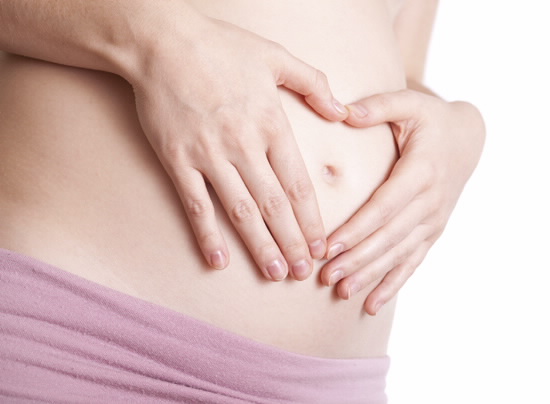University of Adelaide researchers used the Australian Synchrotron to investigate selenium’s critical role in promoting a healthy environment for egg development in women.

Researcher Melanie Ceko and her University of Adelaide colleagues have for the first time shown how much of a critical role the natural antioxidant selenium plays at the earliest stages of a woman's fertility.
The discovery has been made in joint research involving the University's School of Chemistry and Physics and the Robinson Research Institute.
For her PhD in Chemistry at the University of Adelaide, Melanie Ceko investigated the role and location of selenium in the ovary, and a specific protein that includes selenium. The results of her study show how important selenium is to the development of healthy ovarian follicles, which are responsible for the production of eggs in women.
"Selenium is an essential trace element found in protein-rich foods like red meat, seafood and nuts. It is important for many biological functions, such as immune response, thyroid hormone production, and acts as an antioxidant, helping to detoxify damaging chemicals in the body," Ms Ceko says.
"We've known for some time that selenium is important to men’s fertility, but until now no-one has researched how this element could be involved in healthy reproduction in women."
Thanks to the use of facilities at the Australian Synchrotron in Victoria, the research team, led by Associate Professor Hugh Harris and Professor Ray Rodgers, was able to pinpoint exactly where selenium is located in the ovary. They used x-ray fluorescence microscopy (XFM) to create detailed images of the selenium's precise locations, down to sub-micrometre level, showing features thousand of times smaller than a grain of salt.
After pinpointing the location of selenium in the ovary, the team then turned their attention to the selenoprotein known as GPX1.
"Our findings are important, because they show that selenium and selenoproteins are at elevated levels in large, healthy ovarian follicles. We suspect they play a critical role as an antioxidant during the late stages of follicle development, helping to lead to a healthy environment for the egg," Ms Ceko says.
"We found that gene expression of GPX1 was significantly higher – in some cases double – in egg cells that yielded a pregnancy."
Selenium deficiency is not usually a problem in Western diets, although people who avoid certain food groups or eat food mainly grown on selenium-deficient soils are at risk.
"Infertility is a significant problem in our society, with one in six couples in Australia being infertile. Further research is needed to better understand how selenium levels could be optimised, helping to improve women's chances of conceiving. Too much selenium can also be toxic, so it isn't just a case of taking multiple supplements," Ms Ceko says.
This research, published in the international journal Metallomics, has been supported by the Australian Research Council (ARC) and the National Health and Medical Research Council (NHMRC).
The text of this article is adapted from the University of Adelaide media release.
Article in The Australian


